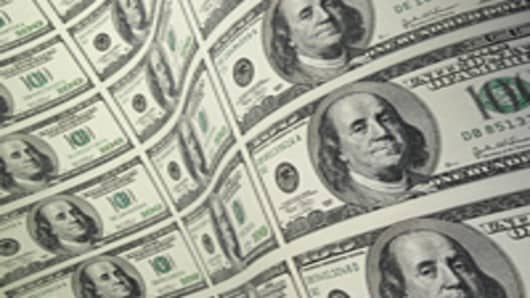The foreign exchange team at Bank of New York Mellon has spent a lot of time this year asking if 2011 is a replay of 2008 or 2010.
Their argument goes as follows. Crude oil prices are high and volatile. Foreign exchange reserves are rising and the euro remains in high demand, with investors focusing on European Central Bank borrowing costs rather than the problems on the euro’s periphery.
With trade in the yen mirroring that of 2008 and the Chinese attempting to slow down growth, the Chinese stock market has taken a hit and the Baltic Dry Index has fallen by more than 50 percent since June 2010.
Throw in a sovereign debt crisis, in place of an institutional debt crisis, and a weakening US economy and the team at Bank of New York Mellon are arguing that the second half of 2011 could well be as eventful as either the second half of 2008, when Lehman collapsed, or 2010, when the Federal Reserve was forced to pull the trigger on quantitative easing part two.
“In the summer of 2008 investors reacted to this set of circumstances by becoming increasingly risk averse and, as a result, funding currencies such as the dollar began to come back into favor,” said Simon Derrick, the chief currency strategist at Bank of New York Mellon.
But the market could also react as it did in 2010, according to Derrick.
“The counter argument is an equally persuasive one given that the first half of 2010 was dominated by a crisis in Greece that drew attention away from a continued deterioration in the US economy,” he said.
When in May 2010 a weak jobs number sparked a debate about QE2 (the second round of quantitative easing), the dollar came under considerable pressure.
“At the same time positive comments in late May from China in support of the euro zone along with a temporary resolution of the crisis within the region’s periphery took a degree of the pressure off the euro,” Derrick said.
“This then is the conundrum that we face at the end of the first half of this year: will rising risk aversion see investors pull back from a wide range of markets thereby boosting funding currencies such as the US dollar or will rising talk of QE3 (a third round of easing) put increased pressure on the greenback in much the same way that the QE2 debate did last year?,” Derrick said.
“For the moment the jury remains out. However, it might be worth recalling that the first half of 2008 was dominated by a remarkable rally in euro/dollar while the first half of 2010 saw euro/dollar plunge to multi-year lows. Perhaps this is the real clue as to what happens next” said Derrick.



